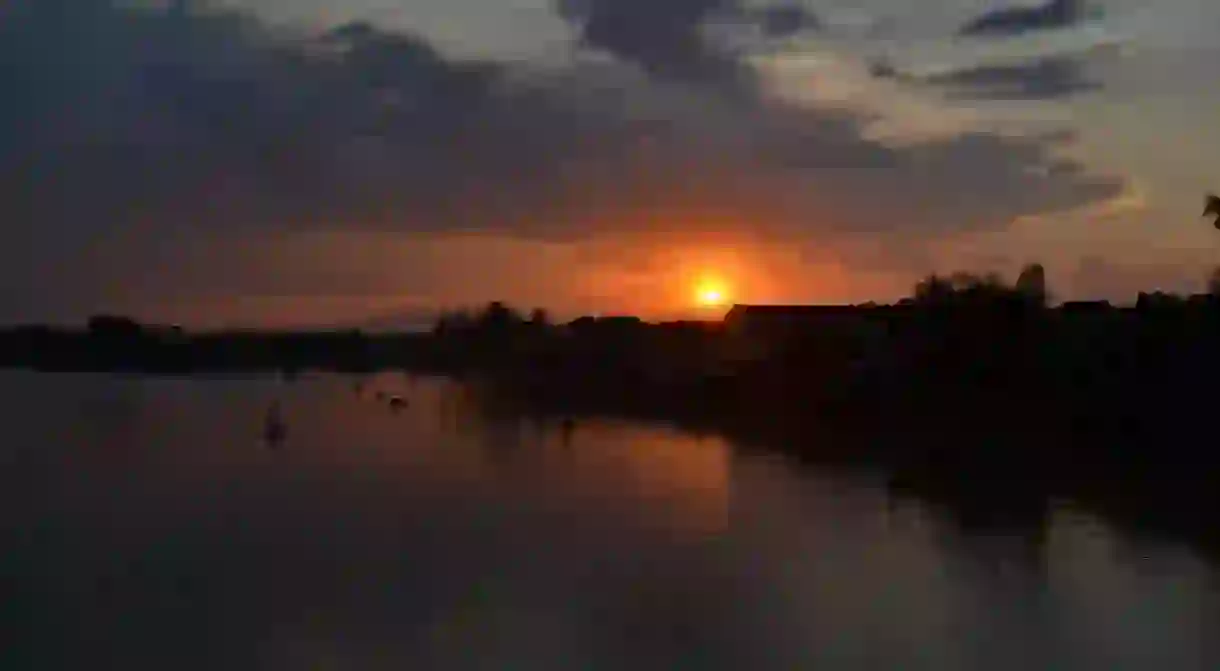Why Vietnam is Experiencing a Tourism Renaissance

From Ho Chi Minh to Hanoi, Sapa to Dalat, Phu Quoc to Con Dao and everywhere in-between, the number of globetrotters greeted by the blistering Vietnamese heat sizzling from the tarmac grows every day. They wear tank tops, elephant pants, flip flops and fanny packs and have vastly different destinations in mind—rowdy dive bars, serene half-moon beaches, reclusive towering mountain ranges. There is no singular type. There are no unifying characteristics. These are beach bums and thrill seekers, culture trippers and history buffs. And while they may differ from one another vastly, the reasons for the boom in their numbers are all related. This is a tourism renaissance that mirrors the impressive growth of the country’s metropolises, a renaissance both arranged and organic.
The Ease of Travel
With an eye toward rerouting the flow of tourism dollars from nearby Thailand and Malaysia, the Vietnamese government has relaxed the often complex visa policy. The number of international hubs has expanded to 11, and transcontinental flights continue to be added weekly. Traveling to Vietnam has never been cheaper or easier and tourists are taking note.

An Off-the-Beaten-Path Adventure
Koh Samui’s been done. Koh Phi Phi too. A new generation of travelers in constant search of the newest, greatest adventure has “discovered” Vietnam. Pristine jungles, endless white-sand beaches, chaotic cities, and all night parties are proof that there’s more than just Thailand to see in Southeast Asia. For many, the allure of Vietnam is the unspoiled nature of the nation. Unlike its neighbors, it just hasn’t been done yet. The tracks are less trodden, the coastline less explored, the cities still authentic. While Khaosan Road has lost its gritty charm, Bui Vien drowns in sin. There’s a certain palpable edge that electrifies this nation from Saigon to Hanoi.
Or maybe it’s just the prices. Vietnam is cheap. Dirt cheap. Why shell out on that Southeast Asian vacation when you can travel, explore, eat and drink for less?

The Outside Influences
“So back in Vietnam, one of my favorite places on earth. And all of the things I need for happiness. Little plastic stool, check. Tiny little plastic table, check. Ooh. Something delicious in a bowl.”-Anthony Bourdain, Parts Unknown
There’s no question that certain outside influencers have done wonders for Vietnamese tourism. This is a country that was shut off from the rest of the world until the mid 1990’s, a country whose culture, landscape, and food were unexplored mysteries. Certain programs, articles, and exposes provided the world with windows into the action—glimpses into a fascinating unknown. The now famous Top Gear: Vietnam Special is the single best example of the effect this can have. The program didn’t only provide inspiration for adventurous travelers, it helped spawn an industry.

The Motorbike
“A deserted ribbon of perfection—one of the best coast roads in the world.”-Jeremy Clarkson describing the Hai Van Pass, Top Gear
Motorbikes are as ingrained in Vietnam’s culture and society as rice or pho. They are an integral part of life to nearly all 95 million inhabitants of this long winding stretch of land. And today, thanks in no small part to Jeremy Clarkson and the cast of Top Gear, the motorbike is a fundamental part of Vietnamese tourism as well. Thousands of foreigners purchase second hand bikes and set off each week to ride the length of the country. The trek has become a rite of passage for the Southeast Asia backpacker, a bragging contest that has netted the nation millions.
All along the country’s coast, motorbikes are rented to thrill-seeking travelers. Signs advertising the Top Gear special hang in hostel windows from Hue to Nha Trang. It’s an undeniably unique travel experience that doesn’t exist in Thailand or Malaysia. Furthermore, with added investment into country-wide infrastructure projects, roads have improved and new destinations pop up each month. It’s not uncommon to hear backpackers describe riding Vietnam’s mountainous north as exploring the final frontier of Southeast Asia.














